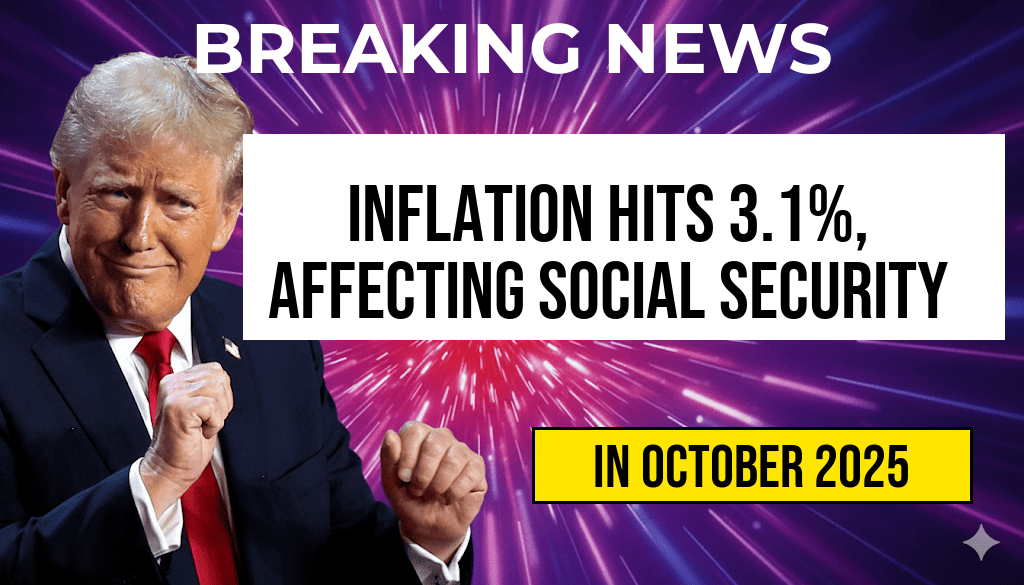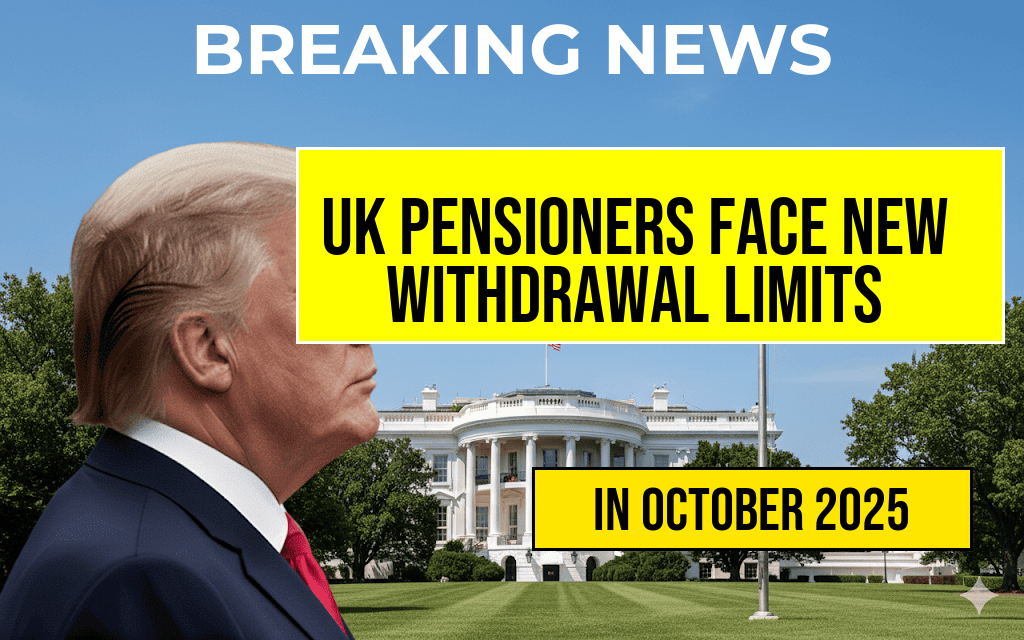As California and New York gear up to implement a $16.50 hourly minimum wage, the move is poised to significantly impact workers and businesses across the states. This wage increase, aimed at addressing rising living costs and income inequality, is set to take effect in 2024. Advocates argue that the raise is essential for improving the quality of life for low-wage workers, while opponents express concerns about potential consequences for small businesses and employment levels. Both states, known for their high cost of living, are leading the charge in the national conversation surrounding minimum wage increases, setting a precedent that could influence other regions. As these landmark changes approach, stakeholders are preparing for the economic ripple effects that may follow.
Details of the Wage Increase
The scheduled increase to $16.50 per hour aligns with the ongoing efforts to ensure that wages keep pace with inflation and the rising costs of living, particularly in urban areas. Here are some key details about the minimum wage adjustment:
- Effective Date: January 1, 2024
- Current Minimum Wage: California’s current minimum wage stands at $15.50, while New York’s varies by region, with New York City at $15.00.
- Target Audience: The increase primarily benefits low-wage workers across various sectors, including retail, hospitality, and healthcare.
Support and Opposition
The decision to raise the minimum wage has garnered a mixed response from various stakeholders. Supporters, including labor unions and worker advocacy groups, argue that the increase is long overdue given the soaring costs of living in both states.
“This wage increase will help families afford basic necessities like housing, food, and healthcare,” said Maria Gonzalez, a representative from the California Labor Federation. “It’s a step toward economic justice and a more equitable society.”
Conversely, some business groups caution that such a substantial increase could strain small businesses, potentially leading to layoffs or reduced hiring. The National Federation of Independent Business (NFIB) has voiced concerns that the hike may push some businesses to the brink, particularly those already struggling to recover from the pandemic.
Economic Implications
Economists have mixed opinions on the potential impacts of the wage increase. While some predict that higher wages will stimulate consumer spending and support local economies, others warn of inflationary pressures as businesses pass on costs to consumers.
| Impact Area | Positive Effects | Negative Effects |
|---|---|---|
| Consumer Spending | Increased disposable income may boost local businesses. | Potential price hikes on goods and services. |
| Employment | More disposable income can lead to job growth in certain sectors. | Possible layoffs or reduced hiring from small businesses. |
| Business Operations | Higher wages can lead to increased employee satisfaction and retention. | Increased operational costs may lead to closures. |
Public Reaction
The public response to the impending wage increase has been largely favorable among low-wage workers. Many see the change as a necessary step toward financial stability. In surveys conducted across California and New York, a significant majority of respondents expressed support for the higher wage, emphasizing a need for a living wage that reflects the realities of modern economic challenges.
“We’ve been struggling to make ends meet for too long,” said local fast-food worker James Lee. “This wage increase will make a real difference in our lives.”
Future Considerations
As the implementation date approaches, both state governments are preparing to address the myriad challenges that may arise. Policymakers are considering additional support measures for small businesses, such as tax incentives or grants, to ease the transition to the new wage structure.
With California and New York leading the way, the outcome of this wage increase could set a precedent for other states considering similar measures. Observers are closely monitoring how these changes will unfold and their potential to reshape the national dialogue on minimum wage laws.
For more information on minimum wage policies, visit Wikipedia or Forbes.
Frequently Asked Questions
What is the new minimum wage being implemented in California and New York?
The new minimum wage being implemented in both California and New York is $16.50 per hour.
When will the $16.50 minimum wage take effect?
The $16.50 minimum wage is set to take effect on January 1, 2024, in both states.
Who will be affected by the minimum wage increase?
The increase to $16.50 will affect all workers in California and New York, particularly those in industries with lower wages.
What are the reasons behind the minimum wage increase?
The minimum wage increase is aimed at addressing the rising cost of living, ensuring workers can afford basic necessities, and reducing income inequality.
Are there any exceptions to the minimum wage law?
Yes, there may be certain exceptions for specific industries or types of employment, such as tipped workers or those under the age of 18, but these details will be clarified as the implementation date approaches.












